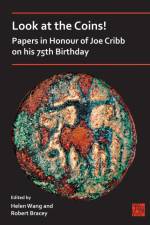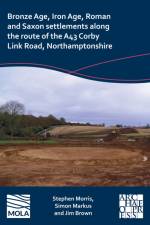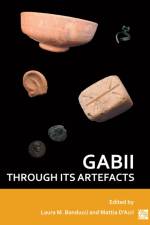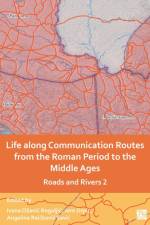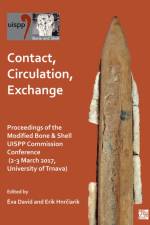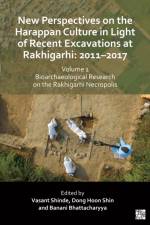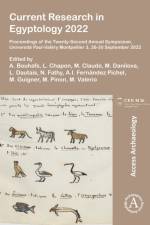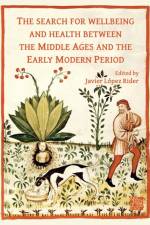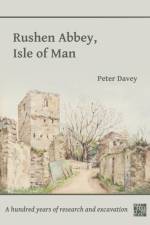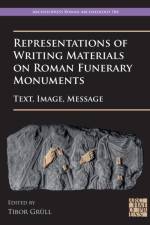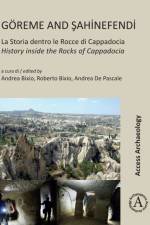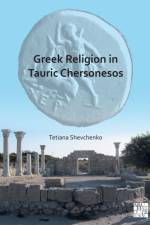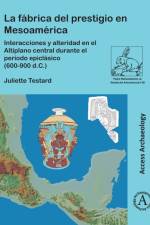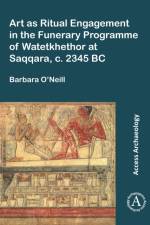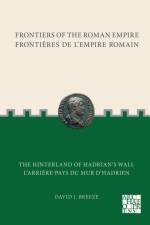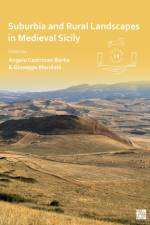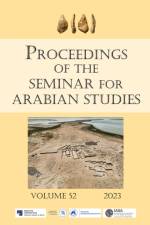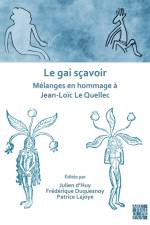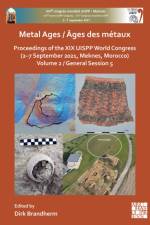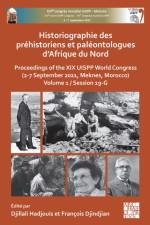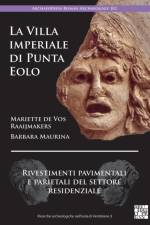av Daniel (Director Schavelzon
705,-
La ciudad de Buenos Aires, fundada en 1580, tras un intento fallido previo, fue establecida sobre una meseta natural frente al caudaloso Rio de la Plata, con un pequeno puerto natural ubicado en un rio cercano llamado Riachuelo. La presencia de poblacion originaria en el lugar es un tema de discusion en este libro. La region era parte del sistema natural de tierras bajas e inundables. La ciudad se extendio sobre las tierras altas hasta que en la mitad del siglo XIX la necesidad de ocupar nuevos espacios llevo a concebir un proyecto poco comun para la epoca: rellenar las tierras bajas con basura y escombro, aunque se alteraran los desagues naturales, para luego edificar encima. Los antecedentes provienen del siglo XVIII, pero la falta de tecnologia lo hizo imposible de llevar a gran escala. Para el ensayo inicial de ese manejo de la basura se fundo en 1855 un pueblo, Belgrano, excavado por el autor de este libro, donde se experimento con el manejo de la basura para rellenos de nivelacion; el sistema fue eficiente pero los costos sociales fueron tremendos y a la vez minimizados. A partir de alli mas de la mitad del suelo de la ciudad ha sido hecho con rellenos de varios metros de altura, compensados con el rebaje de las zonas elevadas para rellenar tierras bajas y manejar la basura urbana. Esta politica de manejo de residuos y de venta de tierras no aptas para urbanizarse, se justificaba desde una paralela construccion literaria, la de la pampa infinita, tierra plana de una horizontalidad imposible de existir. Era la imagen que el pais vendia al exterior como exportador de productos ganaderos y agricolas. La arqueologia ha ido excavando cada uno de los sectores altos y bajos para comprender este proceso nunca explicitado de transformacion del territorio. La arqueologia urbana para el autor se define como el estudio de las ciudades actuales, que existen y funcionan, no de ciudades muertas sino vivas, no es la busqueda de etapas anteriores bajo construcciones actuales. Es la comprension del fenomeno urbano, la ciudad y su territorio, desde sus inicios hasta hoy. Una "arqueologia de nosotros mismos" que interpela al presente y busca en el pasado la explicacion de acciones y decisiones actuales.

